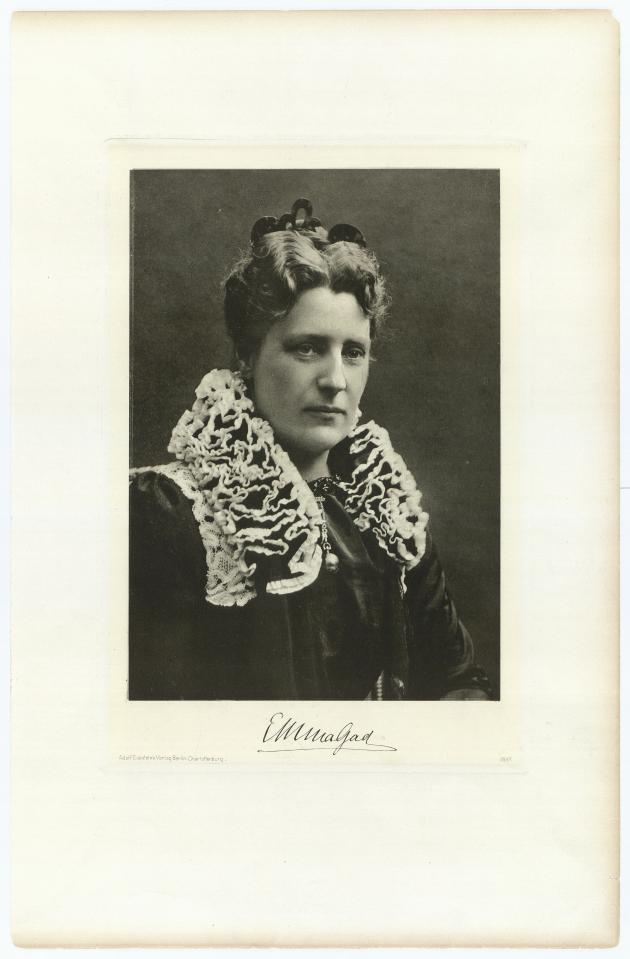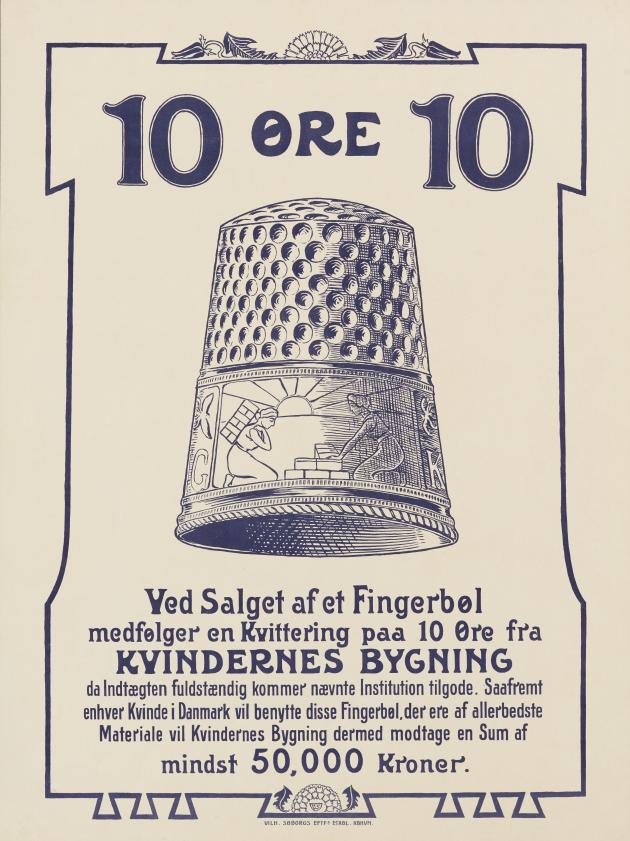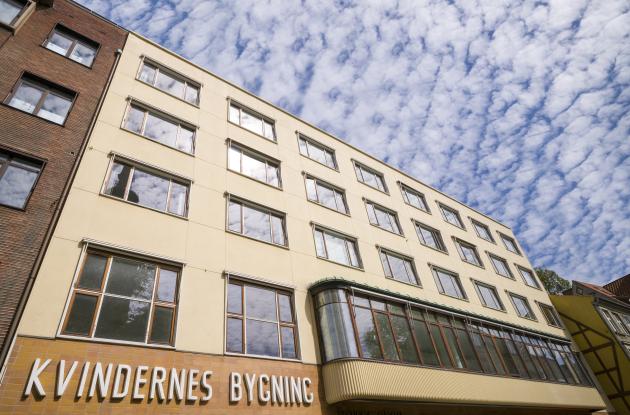A house for women
After 40 years of intense work, the women's movement finally got its own house and meeting place in 1936, when the Women's Building in Copenhagen was completed.

Photo: Julie Rasmine Marie Laurberg
Like the labour movement and the co-operative movement, the women's movement was also concerned with having their own meeting place in the public space. A house where members could gather and develop women's politics, party together and create networks. And where you could decide everything yourself and at the same time be financially independent of changing landlords' rental prices.
The women's building is opened
The women's movement's dream of its own meeting house was finally fulfilled in 1936, when the Women's Building was opened on 30 November in Niels Hemmingsens Gade 8-10 in inner Copenhagen. The 5-storey house was designed by the female architect Ragna Grubb and, for its time, was very modern both in the use of building materials and in the interior design. The house had two banquet halls, a restaurant and a hotel with 40 rooms, office facilities and meeting rooms for the women's organisations, as well as four shops on the ground floor which were rented out to female business owners.
At the opening, the press showed up in large numbers and the state radio broadcast the speeches. It was an unusual event. For the women's house had been 40 years in the making and the road to it had been so incredibly difficult and demanding that it was almost a miracle that it finally succeeded.
In practice, the building was to be home to the many activities of the women's organisations and a meeting place that women could call their own. But it was also a physical proof of the triumph and success of the women's movement since the 1870s.
When the idea of a women's house was born
It was Emma Gad who in 1896 had the idea for the Women's Building. In 1895, a large exhibition called "Women's Exhibition from Past to Present" had been held in Copenhagen, behind which Emma Gad was vice president and driving force. The exhibition, which was inspired by the women's department at the World's Fair in Chicago in 1893, was a great success and made a profit of approximately DKK 13,000. And it was this profit that Emma Gad suggested was used as start-up capital. A Board of Representatives was immediately set up and a fundraiser for the project was launched. And the ingenuity was great. One could support the cause by donating funds, or they could support the cause by buying a plate from Royal Copenhagen with the logo of the upcoming building on, by investing in a specially designed thimble in Illum and much more.

Photo: Hans Søndergaard
As the years went by, the funds slowly increased but things kept getting in the way of the construction getting started. One of the problems involved finding a suitable ground for the right price. Then came the war and there was a shortage of building materials and so on. As the years went by, the vision also changed. In the meantime, other parts of the women's movement succeeded in realising various construction projects. Kvindelig Læseforening had built its own house in Gl. Mønt in 1910, Kvindernes Boligselskab had in 1920 had Clara Raphael's House built on Østerbrogade with apartments for single working women, Young Women's Christian Association also built its own house in St. Kannikestræde in 1920 and in 1932, the Association of Female Academics had collected so much money that Kvinderegensen, the first hall of residence for female students, could open.
The Women's Building was the last of the first feminist wave's major construction projects. The need for their own buildings was no longer so urgent now that women had gained access to all public institutions.
It was not until the 1970s with the Rødstrømpe (Eng: The Red Stockings) movement that the need for their own women's houses returned. But this time they did not build them themselves - they occupied them! You can read more about this in our theme about the Red Stockings.
